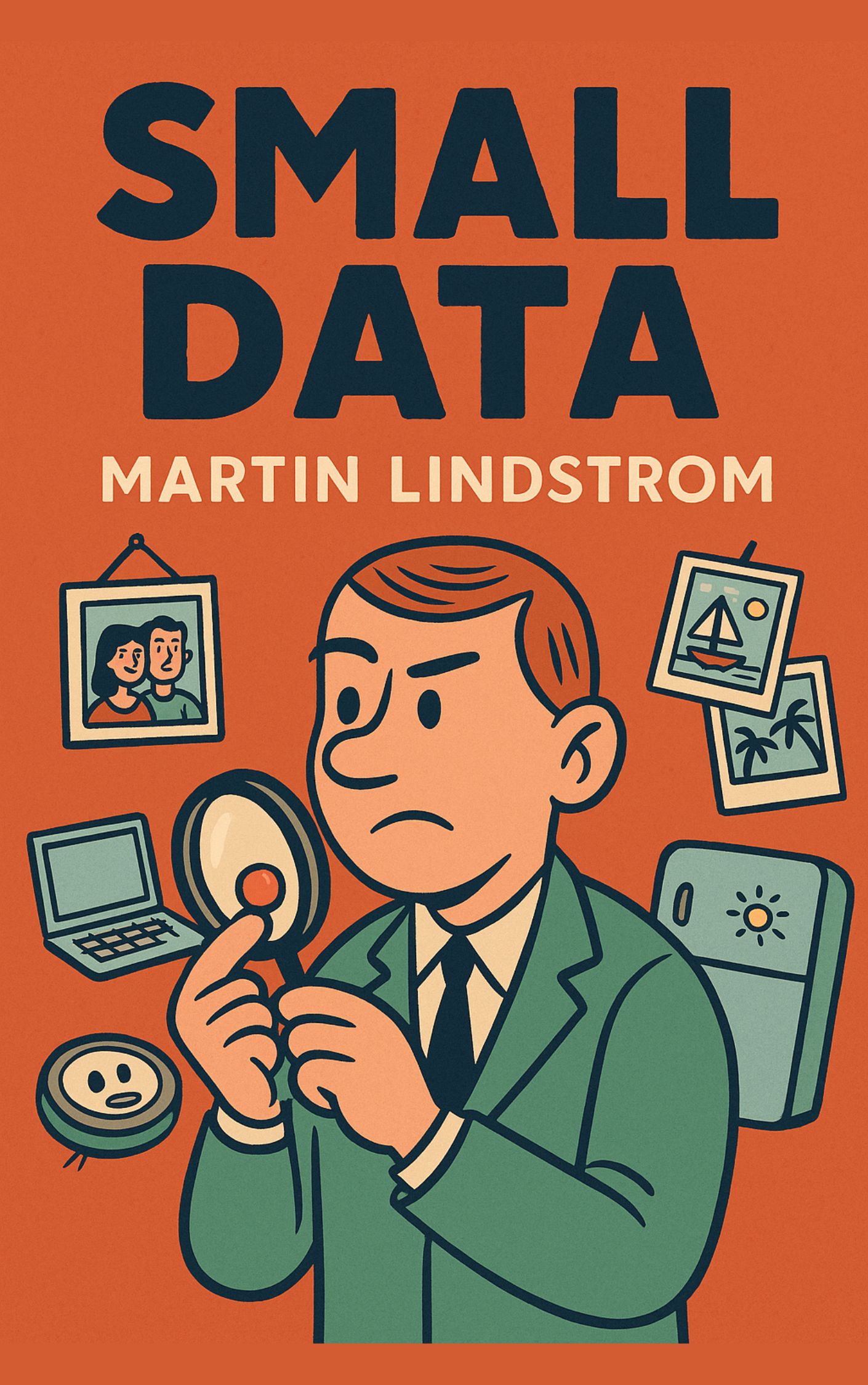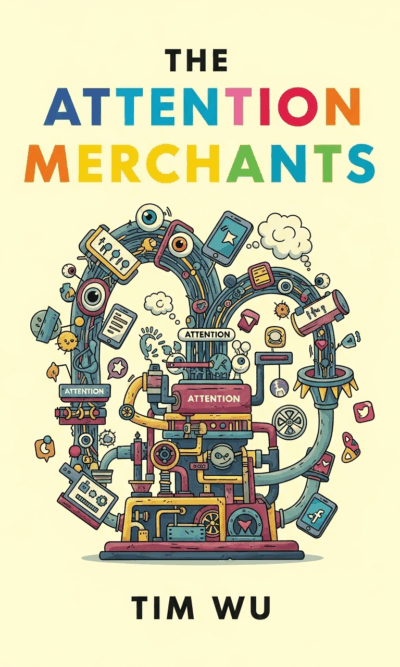Description
In the age of technology, big data is often celebrated as the ultimate tool for understanding customers. Large companies collect endless streams of information about online behavior—searches, clicks, purchases, and social media activity—hoping to predict what people want. While this information is useful, it only shows part of the picture. It can track actions but often misses the deeper emotions and personal desires that truly drive decisions. People’s online behavior rarely reveals their full personality. Just as drivers may act differently in traffic than they do face-to-face, people behave differently on the internet than in real life. That’s where the concept of “small data” comes in.
Small data focuses on the tiny, often overlooked details of people’s daily lives—the contents of their homes, the arrangement of their belongings, the way they decorate, and even the objects they collect. These small clues can reveal what people value, what they dream about, and what they feel is missing in their lives. For example, in Brazil, collections of beer bottles in homes reflected a lifestyle centered on relaxation and enjoyment. In Siberia, fridge magnets with travel images hinted at a desire to escape routine and see the world. Even the placement of food in a fridge—healthy items at eye level but indulgent snacks hidden away—can reveal inner conflicts about lifestyle choices.
To use small data effectively, marketers need an authentic view of their target audience’s lives. This often means looking beyond statistics and speaking directly with people or observing them in their natural environments. Outsiders, such as foreign taxi drivers or hairdressers who see many customers, can notice cultural habits that locals might overlook. Another way is to work closely with the target audience, as seen when teenage girls were asked to record video diaries of their daily routines. Such approaches uncover unique behaviors and priorities.
The next step is identifying peculiarities—those small cultural patterns that stand out. For example, teenage girls in one study spent hours each morning planning outfits and sending selfies to friends for approval. In suburban America, observations revealed fewer public gatherings, declining church attendance, and children spending more time indoors. These insights point to imbalances—things that people lack but deeply desire.
Imbalances create desire, and desire is a powerful driver of consumer behavior. If marketers can recognize and address these gaps, they can build strong emotional connections between their brand and their audience. One example is the Roomba vacuum cleaner. Sales began to drop when the company removed the playful sounds the robot once made, such as “oops” or “dood-dood.” Many owners had formed emotional attachments to their Roombas, even giving them names. The lack of personality reduced the emotional connection, and sales suffered. Restoring the sounds brought back the charm and renewed interest in the product.
Similarly, the teenage girls in the clothing brand study wanted real-time feedback from friends before making purchases. The solution was to install mirrors in changing rooms that doubled as screens connected to social media, allowing them to livestream outfit choices and get instant advice. This simple feature directly satisfied their desire for social approval, boosting sales and engagement.
A successful brand doesn’t just meet a practical need—it connects to emotions. Every strong brand has a certain feeling attached to it. For example, the city of Paris is associated with romance and elegance, which draws millions of tourists. Apple products are not just gadgets; they represent creativity, innovation, and stylish design. People buy them partly because they want these qualities in their own lives.
When a brand delivers a clear emotional promise, customers feel drawn to it. This was the case for the American supermarket chain Lowe’s, which learned that many customers felt a lack of community in their daily lives. The brand addressed this by making its stores more welcoming and community-focused. Small changes, like hosting local product displays, organizing children’s events, and adding personal touches such as butchers handing over meat with two hands, made a big difference. Even fun gestures, like staff dancing when fresh food came out, helped customers feel “at home” in the store.
These examples show that the path to creating a beloved brand is not about collecting massive amounts of digital information. It’s about observing the human side of life and spotting the subtle signals that reveal what people care about most. Big data can tell you what people are doing; small data can tell you why they are doing it. And in marketing, understanding “why” is far more valuable.
The lesson is simple: every culture, every community, and every individual has unmet desires. They might crave connection, recognition, fun, or inspiration. These desires leave small traces in the way people arrange their surroundings, choose their possessions, and live their daily lives. By paying attention to these clues, brands can create experiences and products that speak directly to people’s hearts.
One practical strategy is to create “Permission Zones,” environments where people feel free to break their normal rules. At the zoo, for instance, visitors allow themselves to eat treats they wouldn’t normally choose, simply because the setting feels special. Businesses can create similar experiences that encourage customers to let go of restrictions. A fast-food chain achieved this by filling its space with bags of potatoes from entrance to counter, subtly telling customers it was okay to indulge.
The power of small data lies in its humanity. It reminds us that customers are not just numbers on a chart—they are people with hopes, struggles, and quirks. By connecting with those truths, brands can move beyond transactions and build genuine loyalty. When people feel understood on a personal level, they don’t just buy a product—they embrace the story and emotion that come with it.
In the end, small data is about empathy. It’s about stepping into people’s worlds, noticing the little things they may not even realize they are showing, and responding in ways that make them feel seen. That’s how ordinary products become beloved brands, and how marketing moves from selling things to creating meaningful connections.





